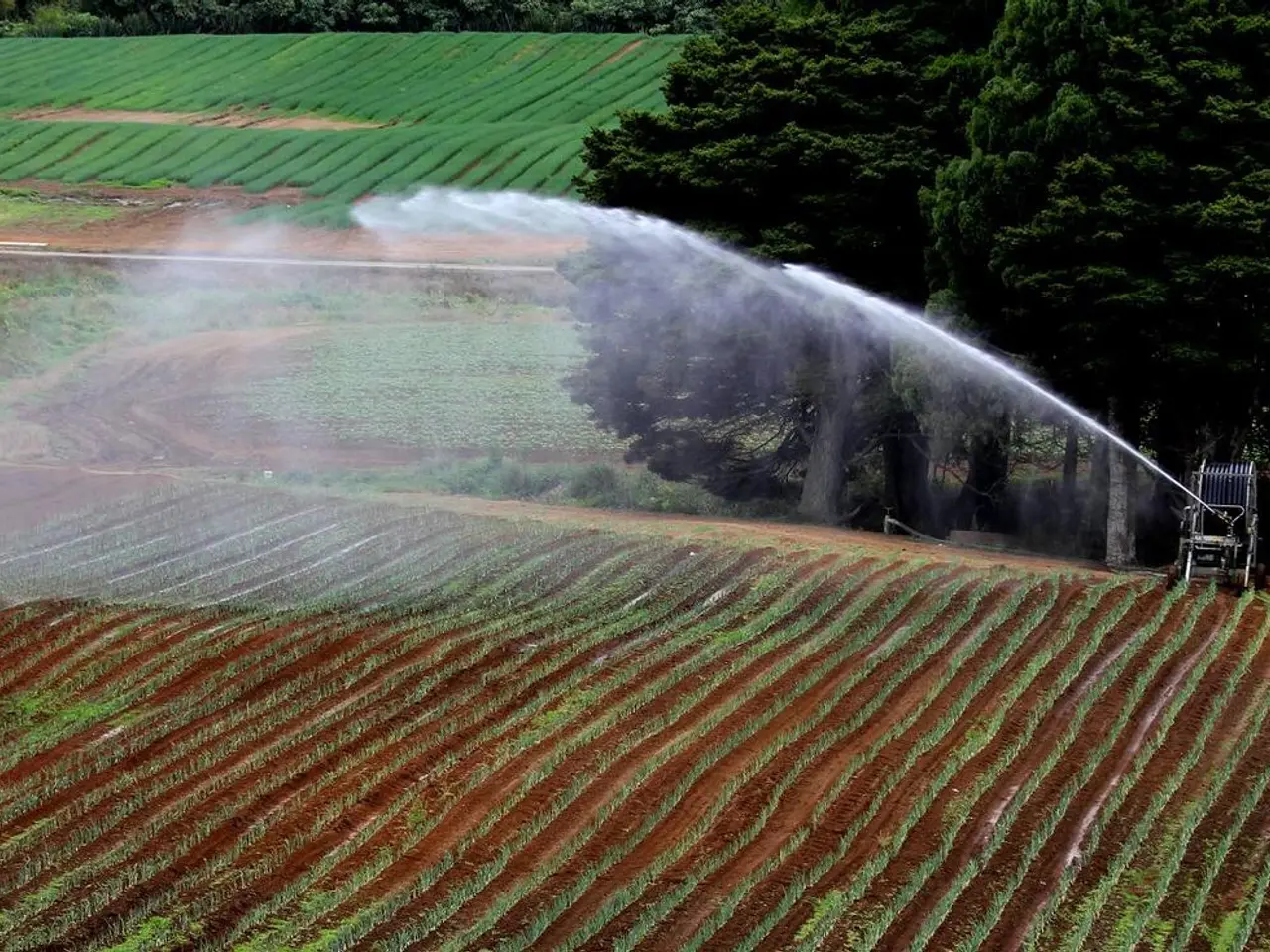Last-ditch Budget Allocation
Canada has made a significant commitment to increase its military spending, aiming to reach 5% of the country's GDP by 2035. This pledge, announced by Prime Minister Mark Carney at the NATO leaders' meeting in The Hague, represents a substantial escalation from past levels.
The proposed increase in military spending would amount to approximately $150 billion annually by 2035. Of this, 3.5% of GDP will be allocated to core military capabilities such as jets, weapons, and other essential resources, while 1.5% will be directed towards defence-related investments like infrastructure and the development of critical minerals.
The boost in military spending is driven by growing global security threats, including Russia's aggression in Europe, China's military expansion in the Arctic and South China Sea, and a more unpredictable international environment. The objective is to better protect Canada's sovereignty and support NATO allies.
The increase in military spending will support the modernization of Canada's aging military equipment and address manpower shortages. Investment in critical minerals is also expected to strengthen domestic economic resilience, which is crucial for defence supply chains.
However, analysts caution that simply hitting a spending target is insufficient without a coherent military strategy. Canada's military currently faces capability gaps, so effective allocation and planning will be crucial for real defence improvements.
The government expects to partly fund this financial commitment through ongoing investments in economic resilience and critical sectors. Economists predict that reaching the 5% GDP target will cause significant fiscal challenges, including running higher deficits. Forecasts indicate deficits could rise by $70-$75 billion annually in the near term, growing to around $90 billion by 2035.
Prime Minister Carney highlighted that a portion of the spending—nearly a third—will come from federal programs already in progress or planned, such as critical minerals development, economic resilience projects, and infrastructure investment supporting defence needs. The spending trajectory and allocation balance will be reassessed by 2029 to ensure fiscal sustainability and strategic alignment with evolving threats.
The Canadian defence industry is expected to experience significant growth in the coming years due to the increase in military spending. However, experts argue that this financial commitment must be paired with a clear strategic overhaul to truly enhance Canada’s military effectiveness.
In other news, a military investigation is ongoing into a Facebook group filled with racism, misogyny, homophobia, and anti-Semitism. The Finance Minister, François-Philippe Champagne, has not yet tabled a budget for the fiscal year that began on April 1. The Israeli government is not officially acknowledging possessing nuclear weapons since 1967.
[1] Desjardins Group economists, personal communication, 2022. [2] Government of Canada, Defence Policy Review, 2021. [3] Carney, M., "A Stronger, Safer, and Prosperous Canada: A 2030 Vision," Speech delivered at the NATO leaders' meeting in The Hague, 2022. [4] Canadian Global Affairs Institute, "Canada's Defence Policy Review: A Progress Report," 2022.
Housing and finance sectors may experience shifts due to Canada's plans to divert a substantial portion of its federal budget towards military spending and infrastructure development, a move initiated by Prime Minister Mark Carney. In politics, this decision has sparked debates about the strategic alignment between military expenditure and long-term national interests, adding a new dimension to the general-news discourse.




